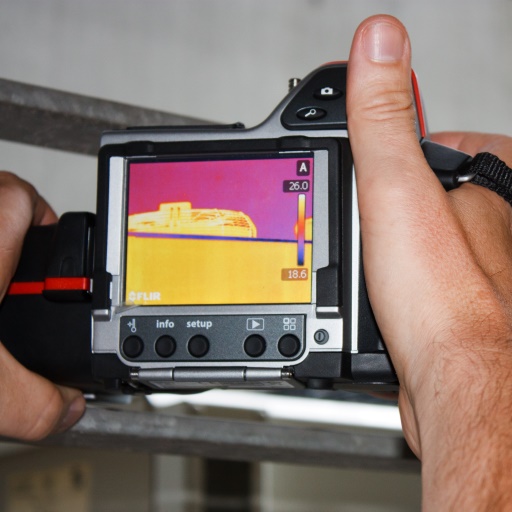The Premises Are Shifting
Everybody is talking about the energy transition and calling for even more energy efficiency in the future. Energy and resource efficiency should bring both corporations and SMEs a sustainable energy supply. What does this mean for the factory of the future and how can businesses successfully implement the “energy efficiency investment model”? What do resource-efficient factory structures require? And how can businesses handle the growing demands in the face of unreliability and complexity? Businesses are facing the challenge of reviewing value adding processes with cross-project and optimal distribution of resources (machinery, staff, material, etc.). Crucial decisions are also made more difficult by only being able to assess the energy and economic impacts of design proposals with a time lag. Resource-efficient thought and action is imperative.
Our goal is to make the energy transition cost effective by identifying and maximizing energy saving capabilities together. This will enable you to profit from resource-efficient factory structures in the long term. We will assist you with construction planning, land-use planning and building design, energy-intensive businesses with discrete manufacturing processes, and logistics providers, infrastructure operators and manufacturers with the organization and control of internal supply chain processes.
We provide you:
- workshop-based and activity-driven surveys of existing planning and design processes,
- combined market, product, process and resource specifications to design versatile structures,
- analyses of processes for the seven types of waste and identification of drivers of and obstacles to productivity,
- industrial, quality assured reprocessing, logistics and supporting processes (e.g. carbon/environmental certification),
- integrated decisions by collecting digital information from diverse sources centrally,
- database generation of documents (e.g. requirements and functional specification, interior specifications, etc.),
- UML and simulation as the basis of modeling,
- energy footprinting by analyzing energy and material stream processes (in compliance with certification),
- energy-based configuration of resources and products to identify cost drivers, and
- consolidation of process flows by intensively connecting corporate units.
You benefit from:
- distributed delivery of planning outcomes,
- standardization to overcome format changes,
- increased process transparency, reliability and productivity,
- continuous product identification in material stream processes,
- automated warehouse management and inventory,
- high information quality in project management,
- monitoring and control of material movement processes, and
- condition monitoring of logistical items
... because energy-efficient factories are the mainstays of a successful energy transition.
